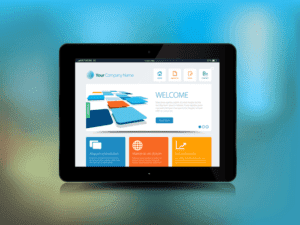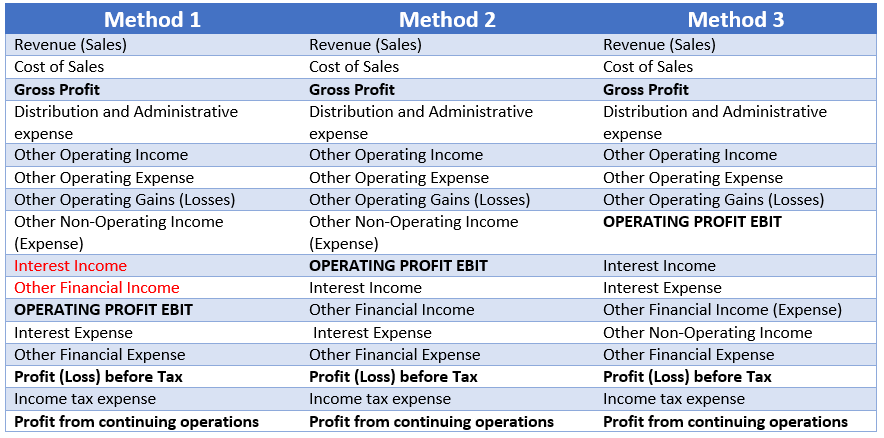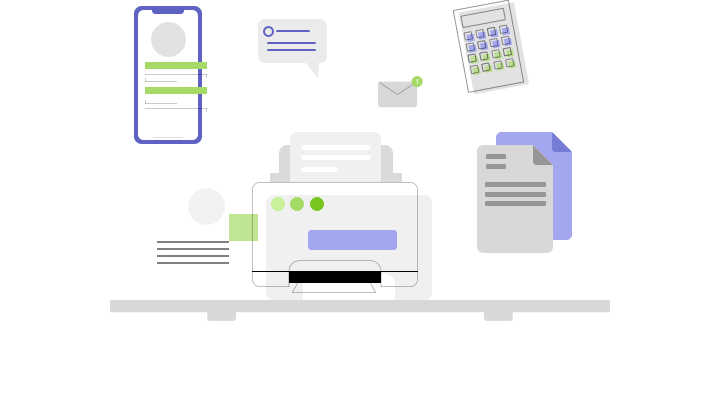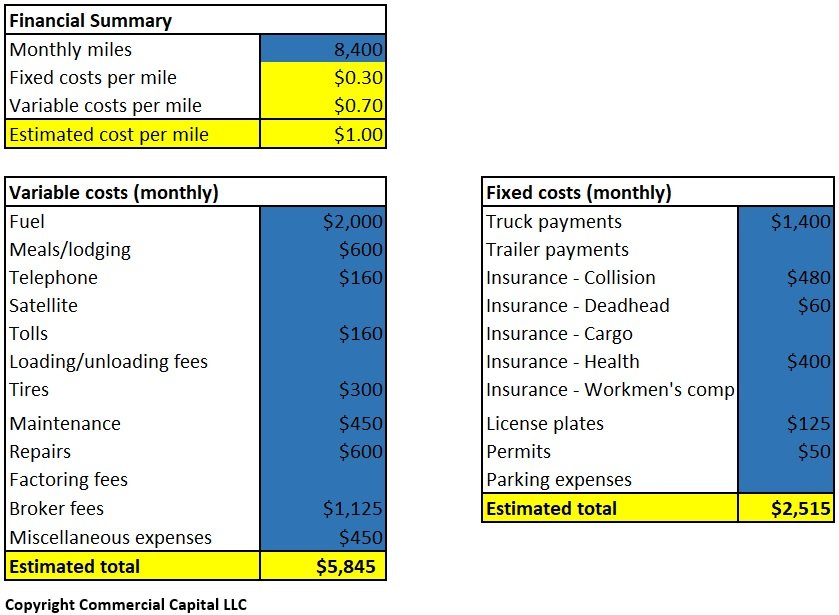
It’s crucial to record all income and business expenses to keep track of your progress. As a business owner, you are probably aware that some parties may be interested in knowing your financial conditions. If you don’t provide these details, it could cost you the relationship you have formed with them. Having well organized financial records helps you https://www.bookstime.com/ present the figures to interested parties when the need arises.

Navigating Employee Tips and Taxes
- When you bring tech into your bookkeeping routine, complicated calculations become simpler than choosing between blonde or brunette – it practically does itself.
- One of the key benefits of FreshBooks is its mobile app, which allows you to manage your finances on the go.
- Integrating your accounting software with your salon management tools can help you streamline your overall management process.
- With the accrual accounting method, you record expenses and income each time you make or receive a transaction, whether or not you’ve received cash for it yet.
- These reports will help you track your revenue, expenses, and cash flow and make informed decisions about your business.
- It comes with built-in accounting software that will save you money on expensive accounting subscriptions later on down the line.
- Available plans range from $165 to $375 monthly depending on the number of staff supported.
How much you spend on bookkeeping depends on the complexities of the daily transactions and the kind of bookkeeping apps you use. Every business is unique, and there are no set prices for bookkeeping services. No one will tamper with them since you can limit people from accessing the app.
Tax Preparation
- Top systems connect bank/CC transactions automatically to save you even more administrative work.
- Conversely, income denotes the revenue generated from selling products or services.
- If you don’t provide these details, it could cost you the relationship you have formed with them.
- From choosing salon accounting software that fits just right with your business model to understanding where most of your cash flows out.
- You can send invoices, track expenses, and even accept payments from your phone.
This is where the importance of your chart of accounts comes into play. By setting the chart of accounts up correctly you reduce the difficulty of tracking the below information. North One simplifies transaction management by connecting to account software and providing a full account historial, receipt management, and automatic categorization of transactions. Zoho Books automated bank feeds provides automated payment notifications and make it simple to issue and monitor recurring invoices. You can handle bookkeeping, financial reporting, and billing through inbuilt integrations all in one spot. The salon ledger includes a timer for measuring and reporting how many hours each person has worked and the ability to handle timesheets.

Easy Hair
Therefore, it is appropriate for small businesses and works with Android and iOS smartphones. Peering into the world of financial reports can feel like deciphering an ancient language. Once you get a handle on these numbers, they’ll start to sing sweet tales of your salon’s fiscal health – or give you the nudge needed for some monetary tune-ups. If bookkeeping for hair stylist managing salon inventory were a dance, it would be the tango – intricate, precise, and needing just the right balance. You’ve got products flying off the shelves one minute and collecting dust the next.

Get started retained earnings today to send custom invoices, schedule salon appointments and accept online payments. With award-winning customer service, help is always just a quick email or phone call away. FreshBooks offers seamless integrations to manage payroll and track inventory directly from your account.
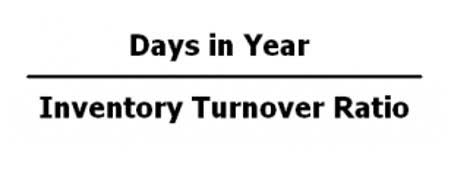
From finances, payments, bookings, and more – we’ll go through it all. But with Countingup, you can manage your self-employed hairdresser bookkeeping and accounting with our small business account. It comes with built-in accounting software that will save you money on expensive accounting subscriptions later on down the line. Employee salaries and benefits are often among the most significant expenses in a salon. It’s essential to keep track of all payroll-related transactions and understand how it compares to your salon’s revenue. Tools like salon payroll software can streamline payroll management and help you track employee work hours, benefits, and tax withholdings.
- You need accounting software for your salon business that simplifies the bookkeeping process.
- This cloud-based financial and accounting software is simple to use and engaging, even for people with little prior accounting knowledge, while being completely effective.
- Having separate business and personal accounts makes managing your finances much more efficient.
- Your cost of goods sold (COGS) should match revenue streams when possible to yield your contribution margin.
Data Security

Their seamlessly connected platform aims to automate and simplify tiresome administrative tasks. GlossGenius uniquely consolidates payments, expense tracking, and custom analytics into one salon-focused platform. One of its unique strengths is the transparent 2.6% processing rate. Add to that robust expense digitization and interactive reports depicting granular business metrics from multiple angles.


